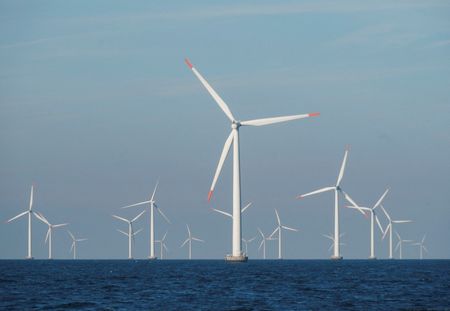TRENTON, NJ – New Jerseyans are taking to the beaches this weekend, but while many are taking notice of the scenic beauty that is the Jersey Shore, most aren’t thinking about what’s not cluttering the horizon at the beach this year.
Offshore wind turbines.
This could be the last season the New Jersey coastline is free of offshore windmills. Here’s why.
As New Jersey eyes the potential end of an era without ocean windmills, Governor Phil Murphy’s green energy initiatives are steering the state towards a future powered significantly by offshore wind farms. Under Murphy’s administration, the state has ambitious goals to harness wind energy, aiming to significantly boost its green energy output through projects like the proposed developments by Ørsted, a Danish energy company.
Despite the governor’s strong push for renewable energy, Ørsted and other similar projects in New Jersey and New York have experienced notable setbacks. Empire Wind, another major project, has also faced challenges, leading to delays and increased scrutiny from both the government and public. These failures have sparked debates about the feasibility and reliability of transitioning to wind energy on the scale Murphy envisions.
The growing presence of offshore wind farm projects has provoked opposition from local communities along the Jersey Shore. Residents have expressed concerns over the environmental and visual impacts of the turbines. The aesthetic of the shoreline, critical for local tourism and the overall seascape enjoyed by residents, is a significant part of the backlash against the proposed wind farms.
Locals have mixed feelings about the future installation of windmills off their coasts. While some residents support the shift towards renewable energy sources as a necessary step to combat climate change, others fear that it may alter the character and natural beauty of the coast, potentially impacting tourism and local enjoyment of the beaches.
As New Jersey moves closer to potentially transforming the Jersey Shore with visible wind energy structures, the state finds itself at a crossroads between advancing green energy initiatives and addressing community concerns and project feasibility challenges. This upcoming summer could mark a significant turning point in the state’s energy landscape and its environmental and economic future.

